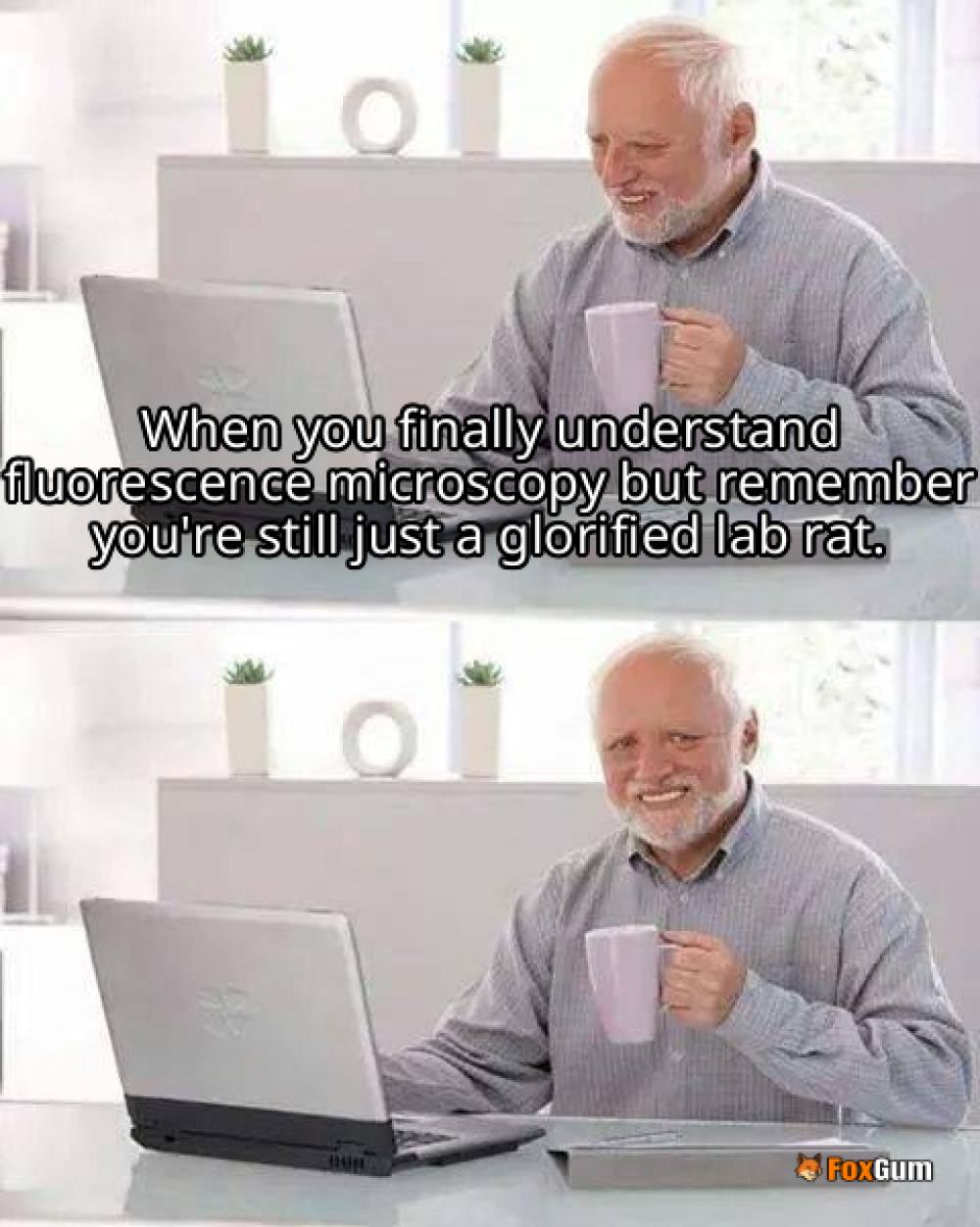
What is Fluorescence Microscopy?
Welcome to the dazzling world of fluorescence microscopy! 🌈 If you're picturing scientists in lab coats peering into high-tech gadgets, you're spot on! This nifty technique allows researchers to visualize the tiny, intricate details of cells and tissues using fluorescence. But what does that even mean? Let’s break it down! 🕵️♂️
How Does It Work?
Fluorescence microscopy is like a party for light! 🎉 It uses special light sources (think lasers and LEDs) to excite fluorescent dyes or proteins that are attached to the samples. When these dyes absorb light, they get all hyped up and then release that energy as light of a longer wavelength. This emitted light is what we see through the microscope, creating stunning images of the sample. It’s like turning on a disco ball in a dark room! 💃
Key Components
Let’s take a peek at the essential parts of a fluorescence microscope:
- Light Source: Usually a high-intensity lamp or laser that provides the right wavelength to excite the fluorescent molecules.
- Excitation Filter: This filter allows only the light needed to excite the sample to pass through.
- Objective Lens: The lens that magnifies the image of the sample. Think of it as the magnifying glass for your science experiments!
- Emission Filter: It only lets the emitted fluorescent light through, blocking out the excitation light. It’s like the bouncer at a club, keeping out the unwanted guests!
Applications Galore!
Fluorescence microscopy isn’t just for show; it has some serious applications! 🧬 It’s widely used in biology, medicine, and even materials science. Here are a few cool ways it’s making waves:
- Cell Biology: Studying live cells to understand their functions and behaviors.
- Medical Diagnostics: Detecting diseases at the cellular level, like identifying cancer cells. Talk about being a superhero for health!
- Neuroscience: Visualizing neurons and their connections. 🧠 Who knew your brain could be so photogenic?
- Environmental Science: Analyzing pollutants and their effects on ecosystems. 🌍
Pros and Cons
Like every superhero, fluorescence microscopy has its strengths and weaknesses:
- Pros: High sensitivity, ability to visualize live cells, and the potential for multiple color imaging!
- Cons: It can be expensive and may require complex sample preparation. Not to mention, some fluorescent dyes can fade faster than your favorite pair of jeans! 😅
Final Thoughts
Fluorescence microscopy is a powerful tool that opens up a world of possibilities for scientists. 🧪 Whether it’s exploring the mysteries of the cell or diagnosing diseases, this technique is lighting up the path to discovery. So next time you see those vibrant images in a science article, remember the magic of fluorescence microscopy behind them! ✨




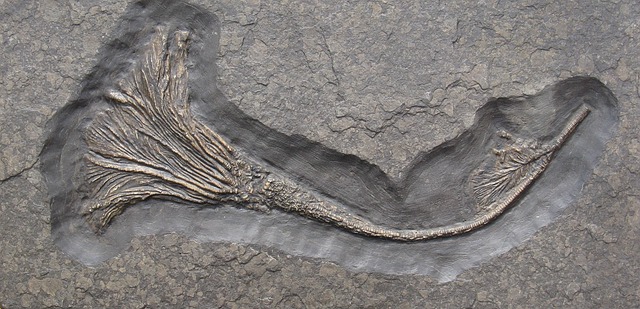


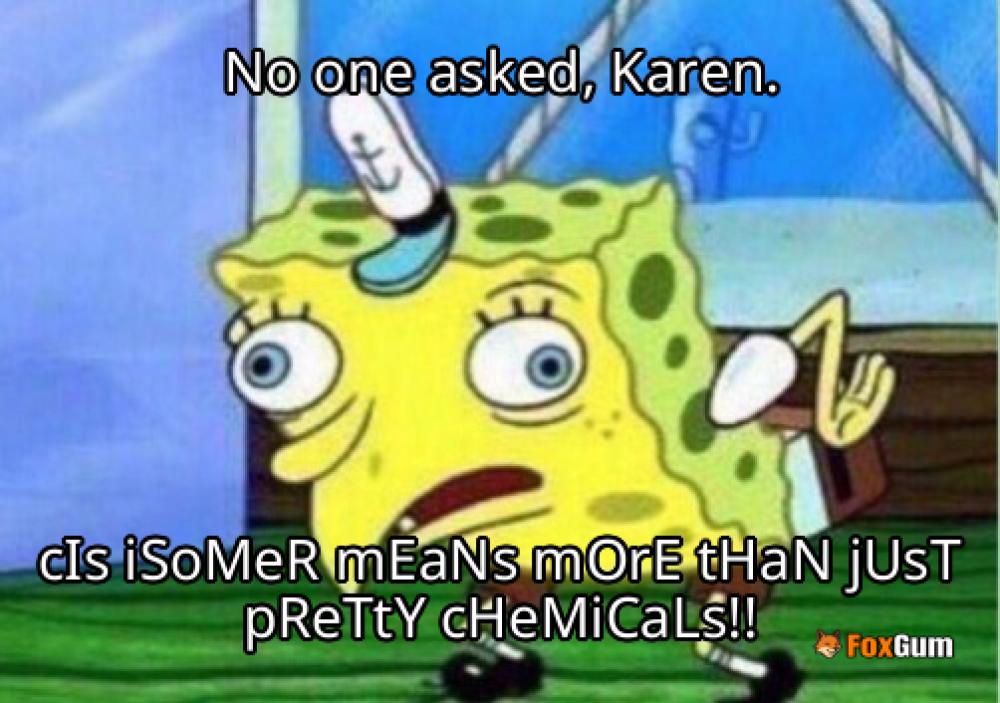
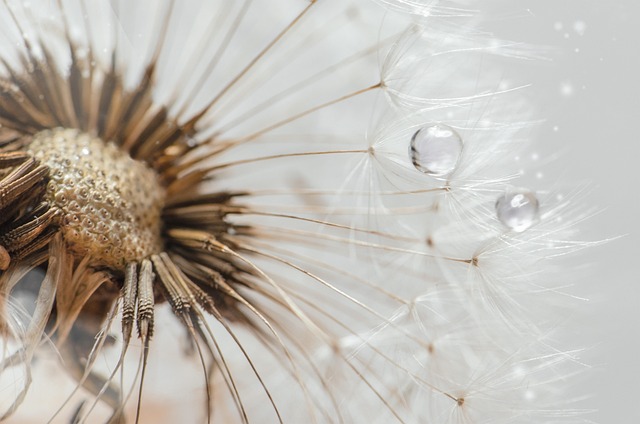

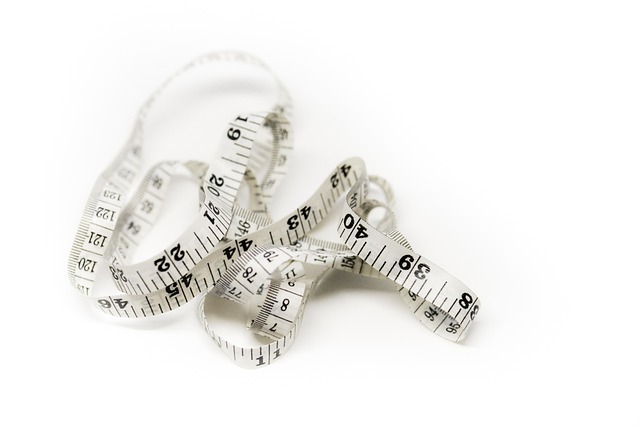


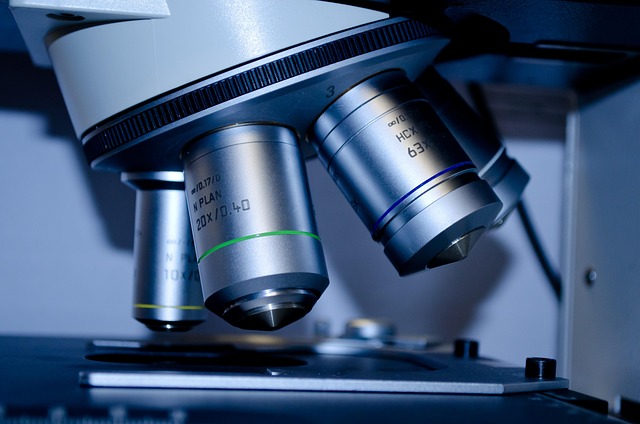

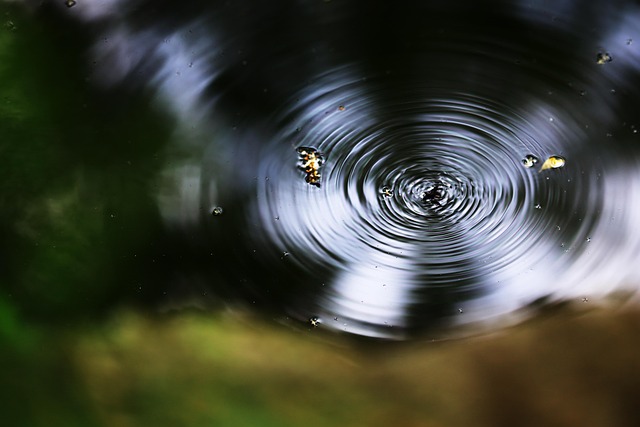

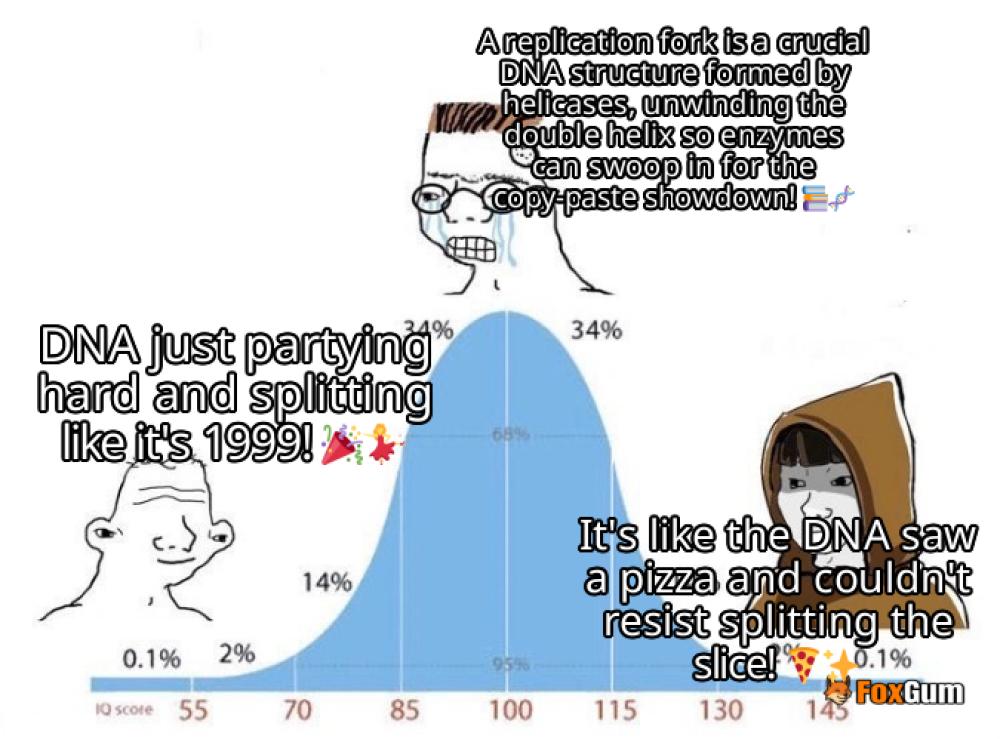
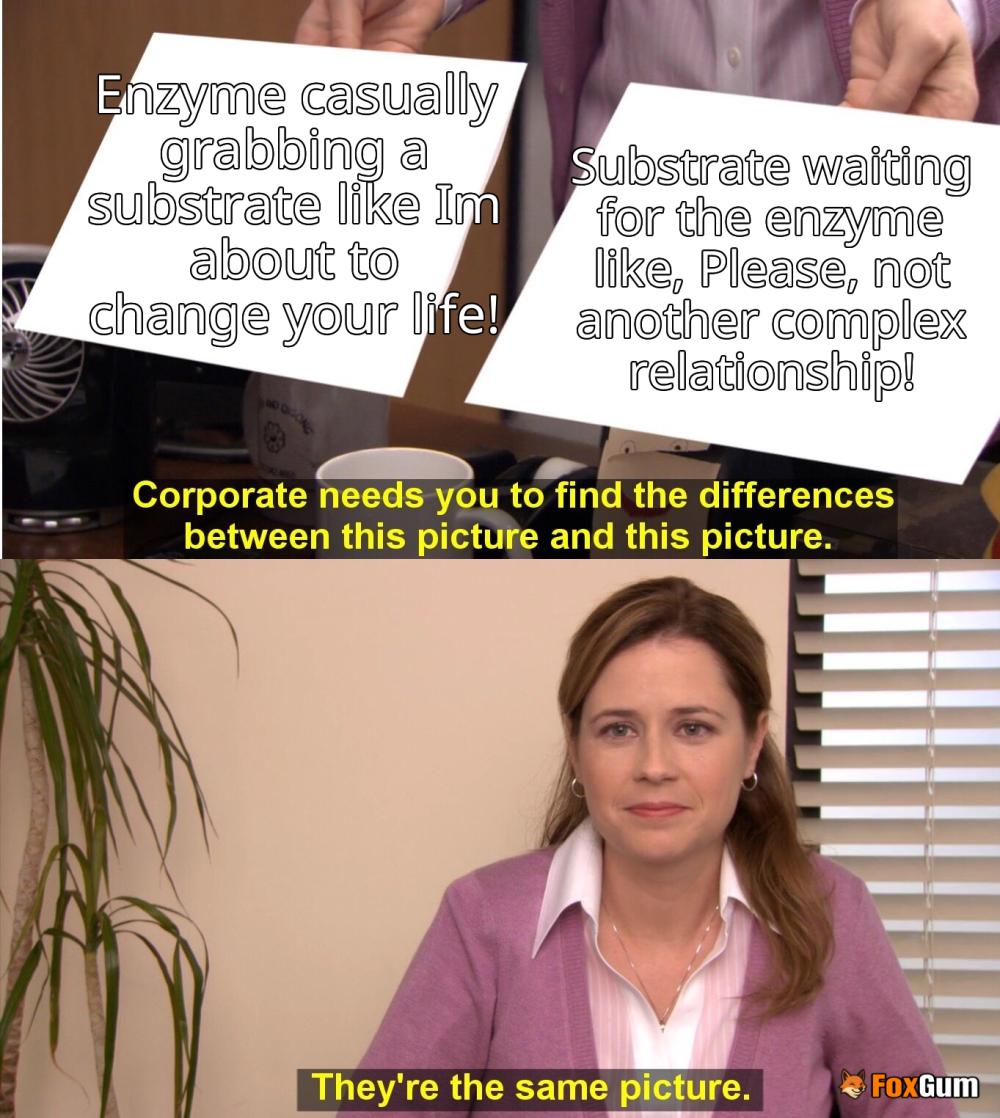

 Unlocking the Secrets of Serine Proteases 🔍
Unlocking the Secrets of Serine Proteases 🔍 
 Health
Health  Fitness
Fitness  Lifestyle
Lifestyle  Tech
Tech  Travel
Travel  Food
Food  Education
Education  Parenting
Parenting  Career & Work
Career & Work  Hobbies
Hobbies  Wellness
Wellness  Beauty
Beauty  Cars
Cars  Art
Art  Science
Science  Culture
Culture  Books
Books  Music
Music  Movies
Movies  Gaming
Gaming  Sports
Sports  Nature
Nature  Home & Garden
Home & Garden  Business & Finance
Business & Finance  Relationships
Relationships  Pets
Pets  Shopping
Shopping  Mindset & Inspiration
Mindset & Inspiration  Environment
Environment  Gadgets
Gadgets  Politics
Politics 